Team Presentation
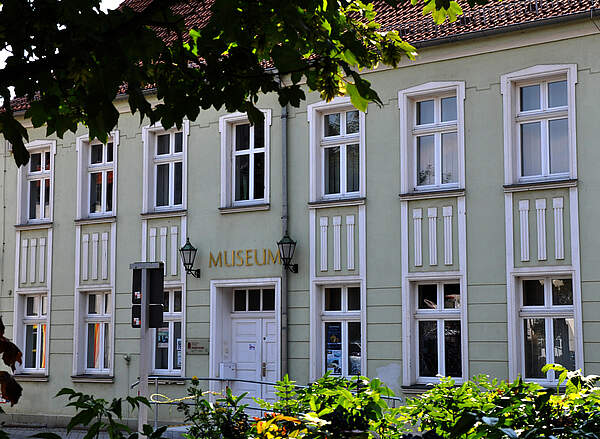
1. The Schwedt Museums
The city museum is situated in the very center of Schwedt. Here you can go on a trip into the past. With the necessary curiosity and some time to spare, you will discover many interesting things during a visit to the city museum. Prehistoric and early historic findings prove that people already settled here 10 000 years ago. The work of the Counts of Hohenstein is presented as well as the baroque "Golden Age" of the town during the 100-year margraviate period. In addition to the permanent exhibition on the first floor, the museum staff presents special exhibitions changing every year, while concerts, lectures, excursions and workshops are also organized.
The Jewish Museum with the ritual bath is located nearby and commemorates the city's former Jewish community. In the second half of the 19th century, the community had around 200 members. The time of the National Socialist dictatorship led to the expulsion or extermination of all of Schwedt's Jews. The Jewish cemetery, the synagogue foundations and the ritual bath with the synagogue servant's house have been preserved. These memorials remind of the former coexistence of the different religions.
The Tobacco Museum in Schwedt’s district of Vierraden is situated in a listed former tobacco drying barn. Here, the cultural history of tobacco cultivation, regional conditions and traditions, the tobacco trade and processing are presented. A large outdoor area with old agricultural equipment, machinery and show beds invites visitors to linger.
A museum tour of all 3 houses is offered free of charge in German, English and Polish at www.stadtmuseum-schwedt.de.
2. Supporting Association of the Museums of Schwedt/Oder “Otto Borriss e. V.”
The association was founded on May 16, 2010. It was named after Otto Borriss, a dedicated teacher from Schwedt who was interested in history. Together with some comrades he founded the first local history museum of the city in 1930. The goals of the association are the promotion of art and culture in the city and the region, the preservation of local history and the personnel and material support of the museums.
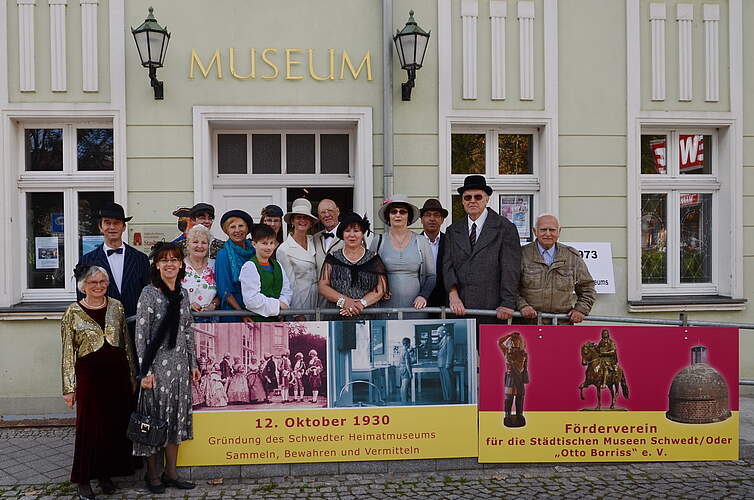
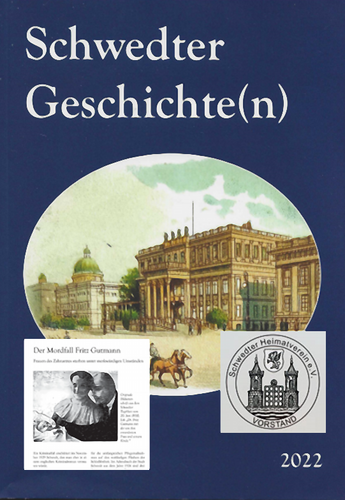
3. “Schwedter Heimat-Verein e. V.“
The association was founded in 1924 under the name "Verschönerungsverein" (beautification association). In 1929 it was renamed "Heimat-Verein Schwedt e. V." (local history society Schwedt). 350 local residents and 50 out-of-towners were members at that time. The Heimat-Verein existed until 1945. In the Soviet occupation zone and the later GDR, no associations of this kind were permitted. The political change in 1989/90 then created the possibility to form anew. The Heimat-Verein is still active today. The members of the association take care, for example, of the installation of information boards concerning the history of the town.
4. Historico-cultural Association “Schwedter Dragoner e. V.”
The association has existed since 1993 and commemorates the oldest Prussian dragoon regiment, which had been stationed in Schwedt since the middle of the 18th century. The clubhouse in Schwedt’s district of Blumenhagen has been converted into a small museum. In the rooms, guests can see authentic items from the regiment's history, such as weapons and tin soldiers. If you want to know something about the dragoons of Schwedt, the association is the first address.
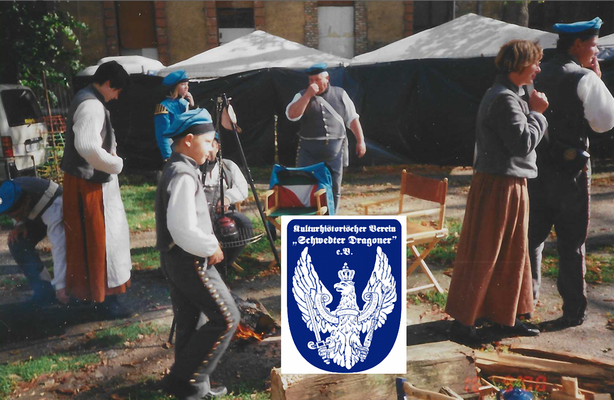
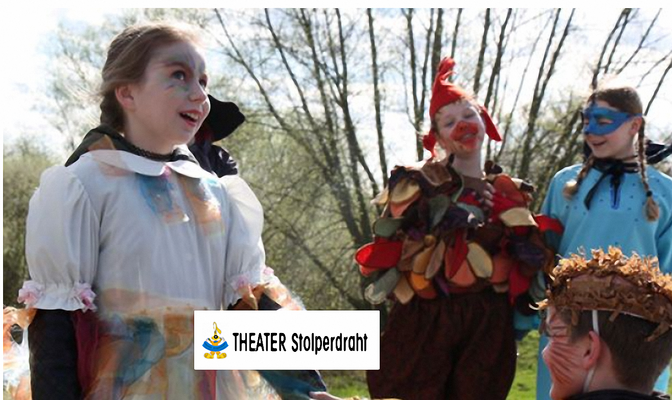
5. Youth Theatre “Stolperdraht”
Theater by children and young people for children and young people – this is the main concern of the association “THEATER Stolperdraht e. V.” Mostly young people between the ages of 5 and 27 are on stage to entertain the audience. There are about 90 theater performances per year. Especially the Christmas fairy tale is highly popular. The association has been active for more than 30 years and offers children and young people a challenging way to spend their free time.
City Presentation
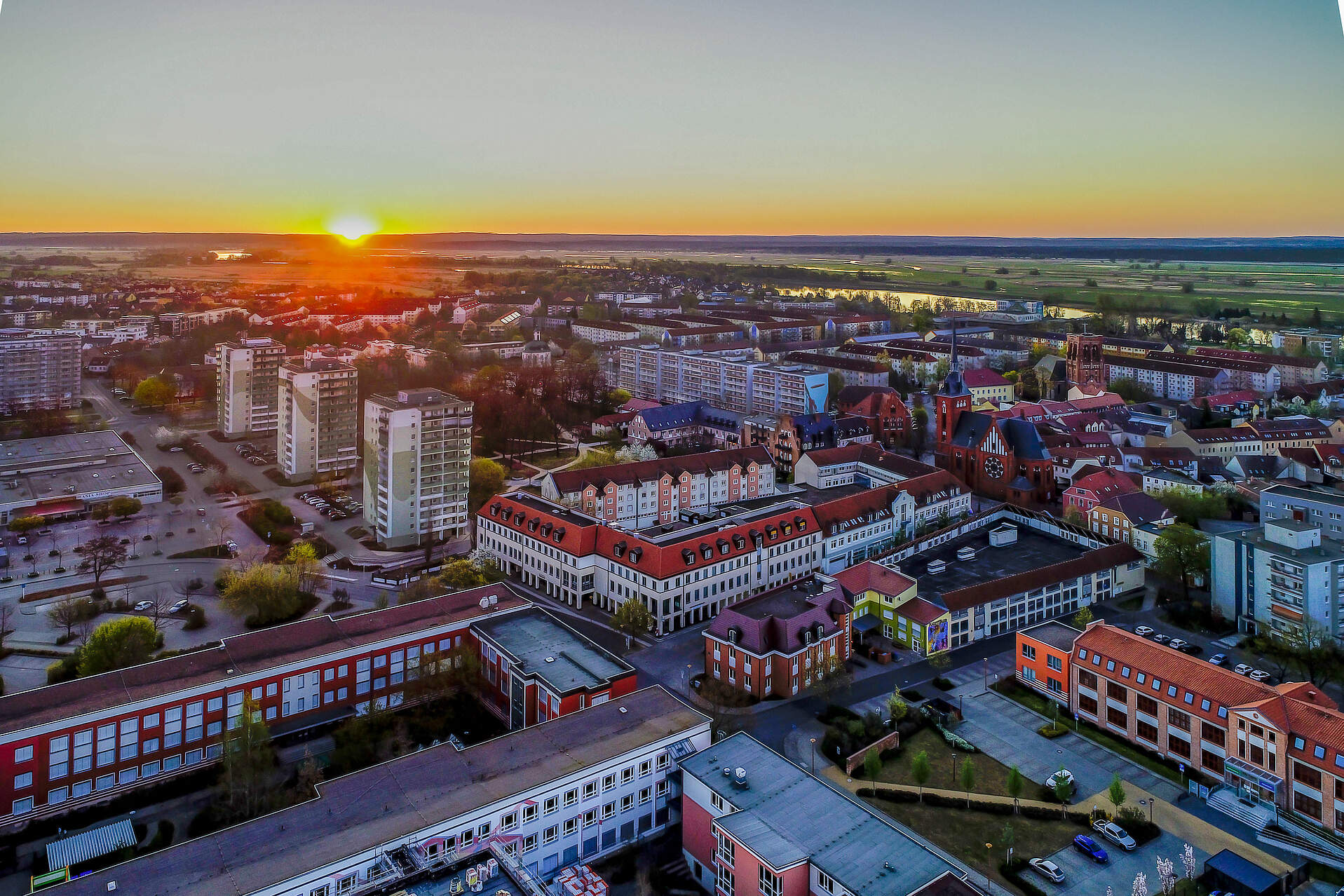
The town of Schwedt/Oder is located north-east of Berlin on the border river Oder and impresses with its diversity. Schwedt has managed to harmoniously combine industry and nature. With its oil refinery and large paper mill, the town is now an important business location and at the same time a magnet for visitors who appreciate nature. The Lower Oder Valley National Park, a floodplain landscape with species-rich flora and fauna, numerous wetland biotopes, meadows and forests, stretches out before the city's gates.
Schwedt/Oder is closely linked to the water. The pedestrian promenade to the left and right of the town bridge is now a visitor magnet for all generations. Ships used to dock here.
The heart of the national park is the floodplain landscape of the Lower Oder Valley. Here you will find large and species-rich polder areas that are flooded regularly. The traces of man disappear and a "breath of wilderness" gradually finds its way into the Lower Oder Valley.
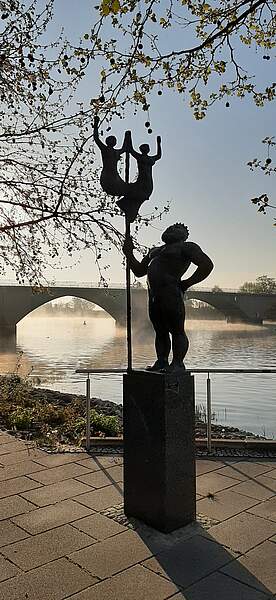
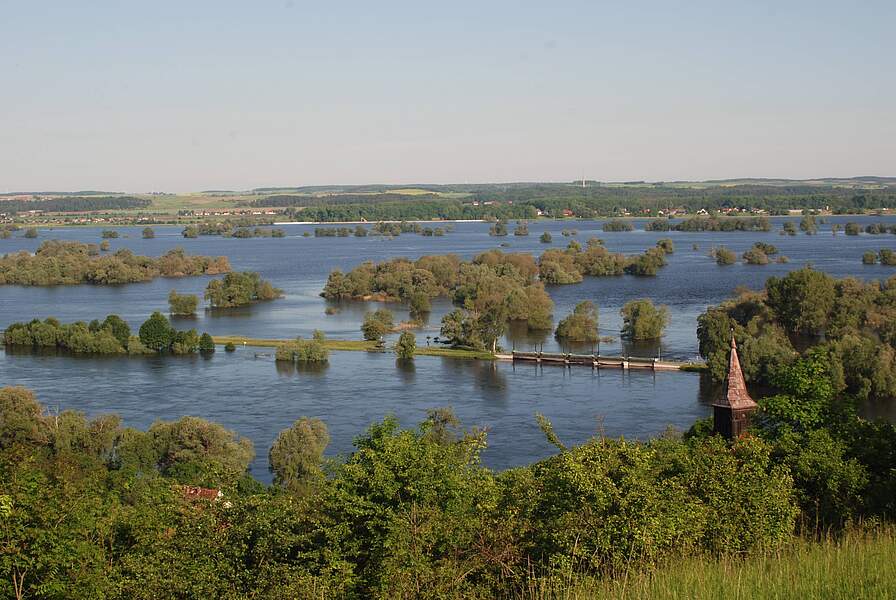
Schwedt/Oder looks back on a rich history. The "Golden Age" between 1670 and 1788 stands out in particular. During this period, Schwedt belonged to the Hohenzollern dynasty. A collateral line of the Prussian kings resided here. The magnificent Schwedt town palace radiated baroque splendour and a monarchical claim to power and shaped the silhouette of the town for centuries. After the Second World War, the castle was blown up and the ruins removed.
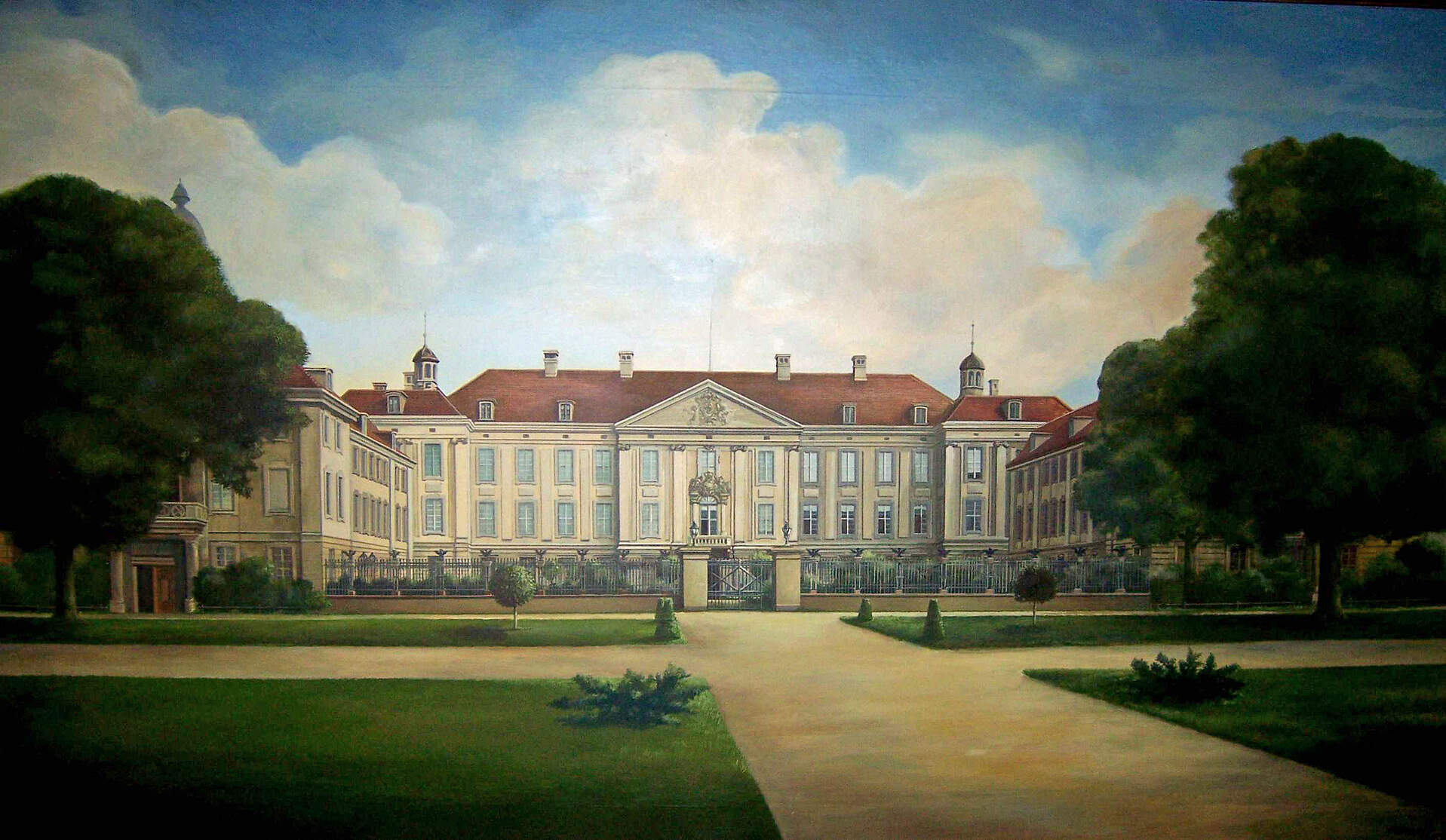
Electress Dorothea and her children and grandchildren ensured economic development and cultural prosperity in Schwedt. Under Dorothea's reign (around 1680), the French Huguenots established the tradition of tobacco cultivation. Tobacco remained the central economic factor for the region until the 20th century. Today, the tobacco museum in the Schwedt district of Vierraden keeps the memory of the old tobacco culture alive. The museum is housed in a former tobacco barn. Tobacco plants and harvesting machines are exhibited in the landscaped garden.
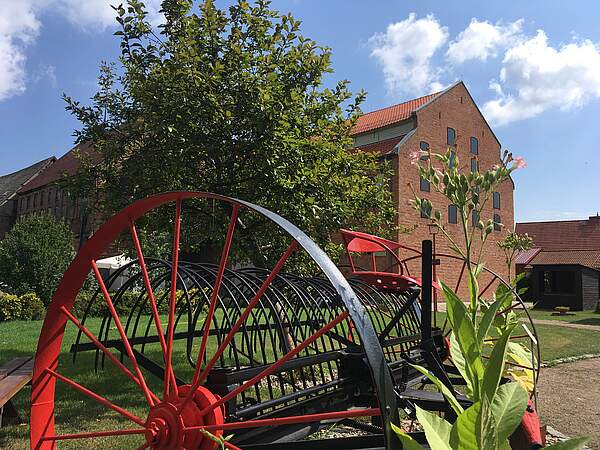
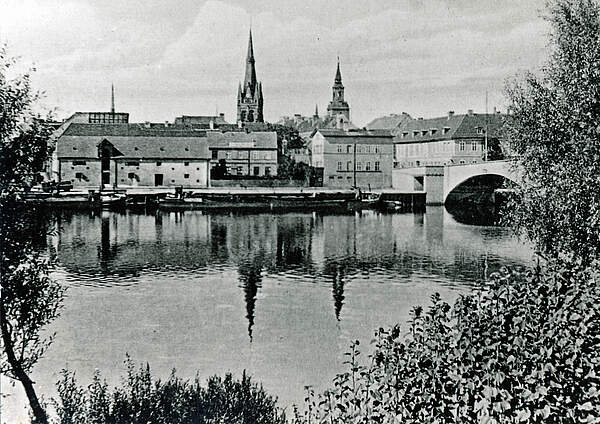
In the 18th and 19th century Schwedt was developed into a garrison town. It was above all the military and a strengthened middle class that shaped urban development during this period. The interwar period, the period illuminated by the UrbanSpaces project, is also an exciting period for Schwedt/Oder: the urban infrastructure was expanded, new media came into focus and entrepreneurship flourished until the Great Depression.
After the Second World War, Schwedt/Oder underwent a transformation: the small tobacco town on the Oder became a modern industrial metropolis with the construction of the paperfactory and the refinery. Jobs and housing attracted young families from all over the GDR in the 1960s: The city population grew from 10,000 to over 50,000. Today Schwedt/Oder is a family-friendly small town. Visitors are cordially invited to discover the town at the National Park with its sights and cultural highlights!